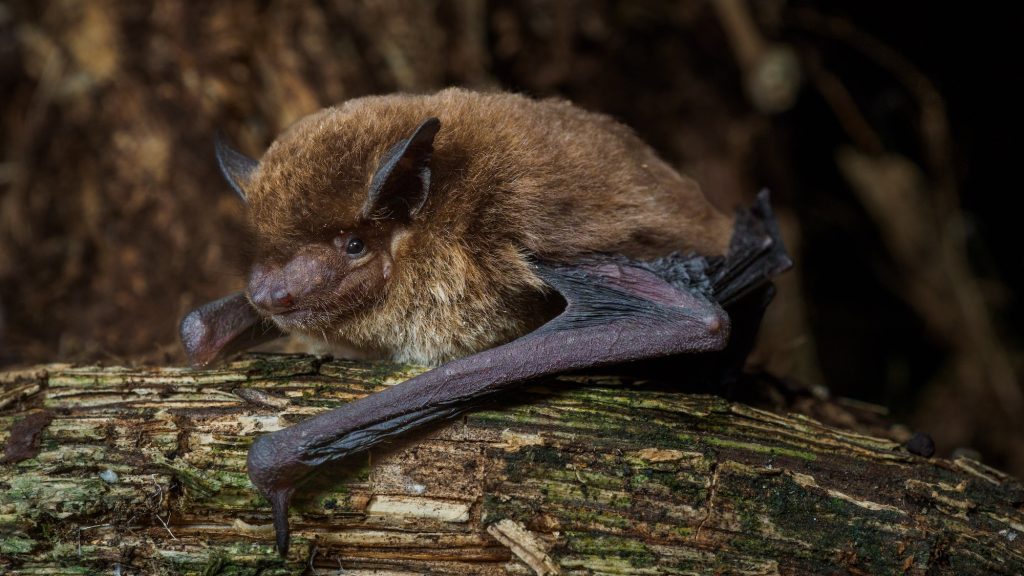It’s official: the world’s 1,500th known bat species has been discovered in Equatorial Guinea. And as luck would have it, Pipistrellus etula’s announcement is just in time for Bat Appreciation Month.
Due to bats’ delicate anatomy, there aren’t many well-preserved bat specimens in the fossil record. Still, biologists estimate that bats have existed for at least 55 to 56 million years. However, only a few of those extinct species are documented, meaning that the bulk of experts’ knowledge relates to present day species. Much of this information comes from biodiversity assessments like a recent excursion organized by Bat Conservation International to Bioko Island, about 20 miles south of Cameroon.
During the survey, surveyors including Ph.D student Laura Torrent caught multiple tiny bats that didn’t match any known descriptions of the winged mammals. A subsequent review of past specimens along with an analysis of their physical characteristics and biochemistry eventually confirmed what Torrent and others suspected—a never-before-documented bat. P. etula marks the 1,500th species described to science, with a name that breaks away from conventional choices.
“Considering that many African bats were named after researchers from elsewhere, I am delighted to name Pipistrellus etula in honor of the inhabitants of Bioko Island, the Bubi,” she said in a statement. “It’s their land where this tiny bat lives, so what better name for it than ‘etula.’”
In the Bantu language, “erula” means “island” and “god of the island,” according to Torrent.
American Museum of Natural History curator Nancy Simmons added that this discovery also speaks to the importance of conservation, as well as how much there is still to learn about the planet.
“In a world where biodiversity loss is becoming the norm, we’re energized by the reality in front of us—that we’re still in the age of discovery,” she added.
Bat Appreciation Month runs all October, culminating with Bat Week and even a Bat Beauty Contest run by the Bureau of Land Management.

